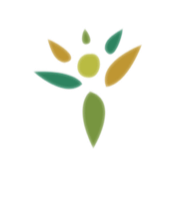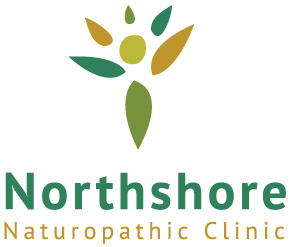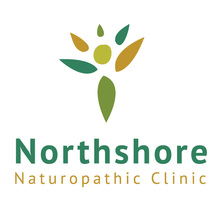By Dr. Matsen
Apnea is Greek for “want of breath,” so sleep apnea is want of breath that occurs during sleep. Since breath is the first and foremost necessity of human life, want of breath during sleep can lead to tragic consequences. In fact, the U.S. National Commission on Sleep Disorders estimates there are 38,000 deaths annually from sleep apnea.
There are two types of sleep apnea. One is the result of lack of nerve stimuli to the breathing organs. This is relatively rare. The much more common and treatable form of sleep apnea occurs when the respiratory passages are obstructed, blocking the intake of life-giving oxygen and impeding the removal of deadly carbon dioxide. The resulting oxygen deficiency/carbon dioxide excess will usually jolt the person out of their deep sleep, though they aren’t always aware of this sleep disruption.
While loud snoring is typical in those with sleep apnea, most snorers do not suffer from of sleep apnea. Apnea sufferers have many more symptoms, such as choking sensations in the night, headaches in the morning and sleepiness and spaciness during the day. People with sleep apnea are commonly overweight, they often have hypertension, lymph congestion and/or nasal congestion, and their symptoms are usually made worse by alcohol and relaxants. They also often sleep with their mouths open which allows the tongue and mouth to stretch, thus blocking the throat.
If you think you have sleep apnea, here’s a simple test to determine if nasal congestion is a factor. Close your mouth and breathe through your nose. Then press on the outside of one nostril so that you can only breathe through the other one. Gently lift the outer edge of the open nostril and note if breathing improves. Repeat on the other side.
If you have no trouble breathing through your nose, but have the symptoms of sleep apnea, it may be that your blockage is from sleeping with your mouth open. Something to try is a simple chin strap that is designed to hold your mouth closed during sleep so that you breathe through your nose. (Do a search on the Internet using the key words “sleep apnea and chin strap.”)
If you have difficulty breathing through your nose but it improves by lifting the outer edge of the nostril, you have an obstruction in the outer nose which might be improved with use of a nose brace .
If you have trouble breathing through your nose and it doesn’t improve when you lift the outer edge of your nostril, then you more likely have internal nasal congestion from immune activity such as colds, allergies, lymph congestion, asthma, nasal polyps, etc. These health conditions can be treated by your naturopathic physician. The benefits of following a naturopathic program may include a decrease in weight, allergies, asthma and lymph congestion, but also an increase in vitality.


